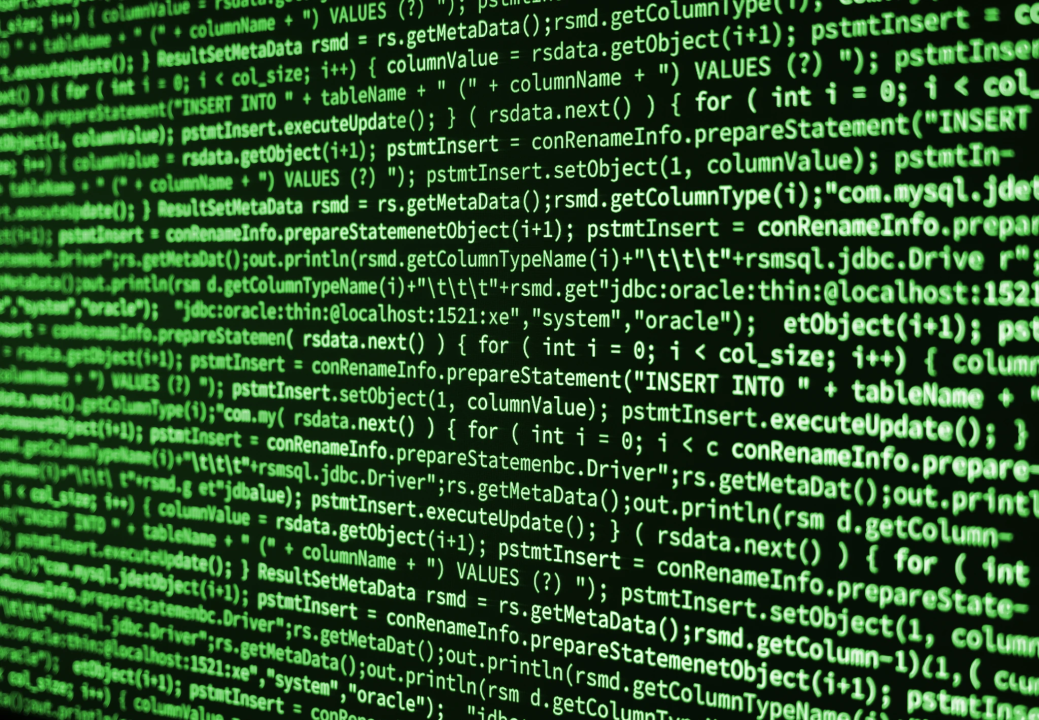Telecom & Technology Consulting

When considering potential technology solutions, IT leaders want to save as much money as possible. And increasingly, they also have a mandate to execute sustainable technology practices. With artificial intelligence (AI), CIOs and CTOs can accomplish both of those goals at the same time.
It turns out they can achieve those objectives by writing greener code.
For some time, coders have looked for ways for their work to be more environmentally friendly. But that noble objective has been challenging. In a Salesforce survey of over 1,000 technologists, nearly three-quarters of UX designers, software developers, and IT managers stated they desire software that’s healthier for the planet. Yet 76% of IT executives don’t see sustainable software development as a priority.
As we all know too well, initiatives can only be successful when there’s commitment from company leaders. Without that pledge from the top, developers and others technologists can’t make the changes that they know will create positive environmental change.
The good news is that both leaders and developers don’t need to look far to write greener code. They can use AI. However, another Saleforce report noted that although AI can assist to create greener code, it is not employed nearly enough. In fact, nearly 60% of technology leaders don’t consider automation or AI to improve energy efficiency in the software development cycle. That’s an attitude that needs to change if they want to reduce overall development costs, as well as to realize their sustainability aspirations.
Many experts in the technical sustainability field are also suggesting designing software to inherently lower emissions. Whether it’s creating a new product or web site, your team can ultimately develop code that delivers on business needs while being sustainable.
A good best practice is to make the most sustainable route the default route. In that way, green practices are literally built in to the entire development process. So even elements like image size, colors, and typeface will positively impact the sustainability effort.
Of course, optimizing the code for sustainability must factor in a number of issues including efficiency, processing speed, and memory. To that end, in order to be more efficient, try using simpler graphics and other visual elements. Only use animation and interactive elements when absolutely necessary.
As you can see, with efficient code, the IT and software development departments reduce the amount of energy they use. And when that efficiency gain is applied to other aspects of the operation, your cost savings increase on an exponential level. In turn, you move closer to your sustainability goals.
This is a classic illustration that when you pair the right technology with the right leadership, you will boost efficiency and foster organizational goals simultaneously.
Yet there’s one key concept to keep in mind: Although coding to create a healthier planet is alluring, the powers that be must also look at everything in context. To be sure, efficient code will always run quicker and use less energy than inefficient code – and that’s where developers can put their mark on energy usage.
However, coders must have visibility into how the various versions of their code perform from an energy use perspective. But without that visibility, their hands are essentially tied – they can’t make their code energy efficient.
At this point in 2023, it’s almost cliché for AI to be the answer to every technical challenge. Yet when it comes to the twin goals of cost cutting and achieving true sustainability, AI is once again a smart option to go with. It’s good for the code, the bottom line, as well as the planet.